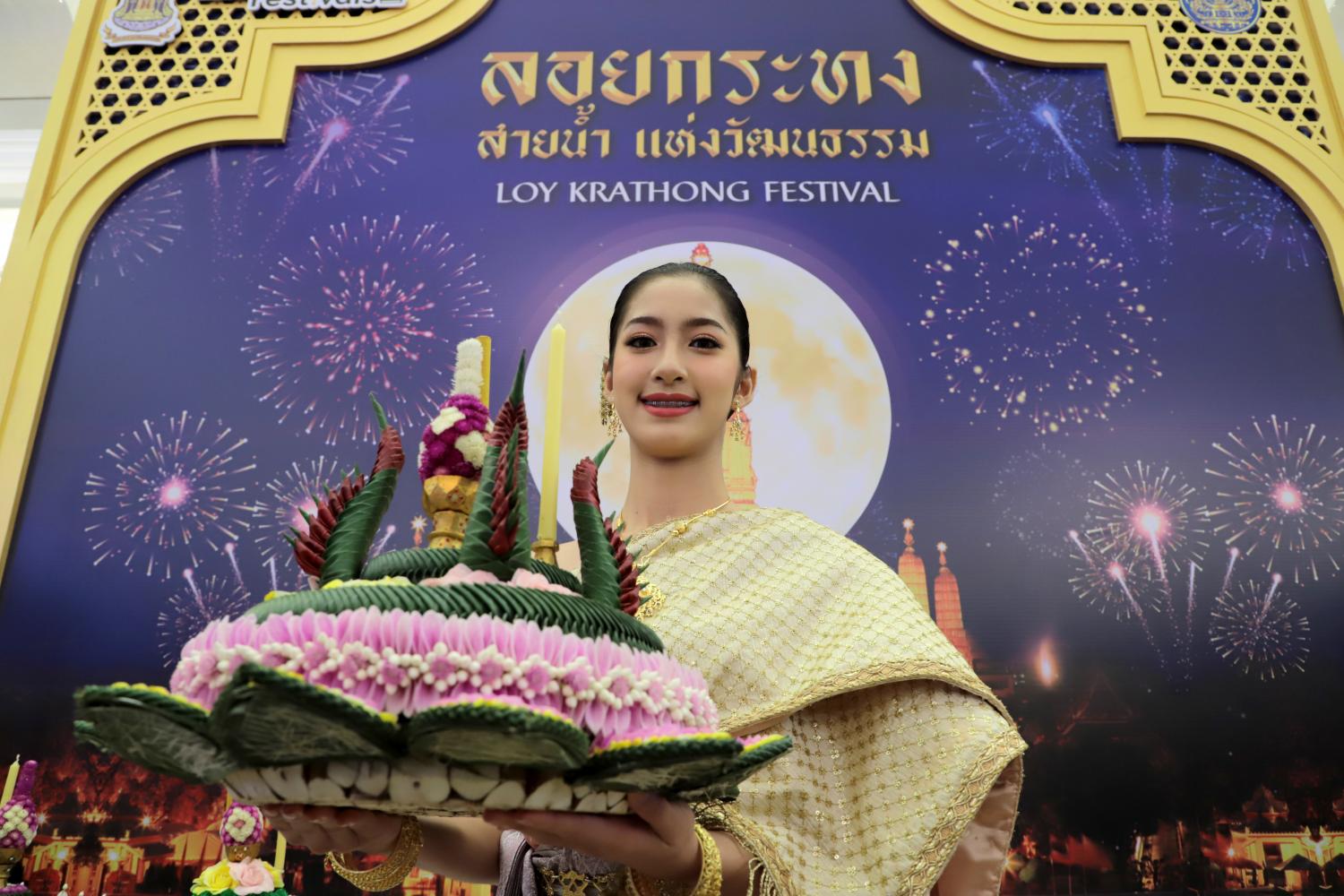
Tourism spending during the Loy Krathong festival this year is expected to grow by 5% to 6.1 billion baht as locals remain cautious about higher living costs, according to the Tourism Authority of Thailand (TAT).
The TAT expects 2.04 million domestic trips for the festival, up 10% from last year, as many local residents travel within their own areas.
The growth in trips exceeds expenditure growth of 5% as Thais try to manage high living costs, said the agency.
Among the five regions, the North is expected to gain the most domestic trips and revenue at 753,860 and 2.54 billion baht, respectively, posting the highest year-on-year gains of 11% and 5%, respectively.
TAT governor Thapanee Kiatphaibool said the agency is hosting Loy Krathong this year at Klong Phadung Krung Kasem on Nov 25-27.
The event is estimated to draw 299,730 domestic trips, generating more than 1.2 billion baht.
The average occupancy rate in Bangkok accommodation is forecast at 64% during Loy Krathong day on Nov 27.
In addition to the Bangkok event, the TAT also supports five Loy Krathong festivals in other regions: Sukhothai, Tak, Chiang Mai, Roi Et and Samut Songkhram.
Ms Thapanee said the five combined events are expected to attract 527,070 domestic trips, generating 1.76 billion baht in revenue.
The average occupancy rate in the five provinces hosting TAT events is forecast at 65%, with Roi Et tallying only 55%, while Chiang Mai and Tak have the highest rates at 76%.
This forecast aligns with a Tourism Council of Thailand study that found 40% of Thais plan to travel within their home provinces during Loy Krathong, with 39% visiting nearby provinces.
Punlop Saejew, president of the Chiang Mai Tourism Council, said only the high-spending segment of tourists has fully recovered, benefiting hotels that are 4-5 stars to record high occupancy rates during holidays.
For midscale hotels and lower levels, they have not recovered because their customers are concerned about spending on travel, particularly with high rates of household debt, said Mr Punlop.
In addition to visa exemptions to attract foreign tourists, he said the government should provide an incentive programme to support local tourism that could help generate revenue in second-tier destinations.